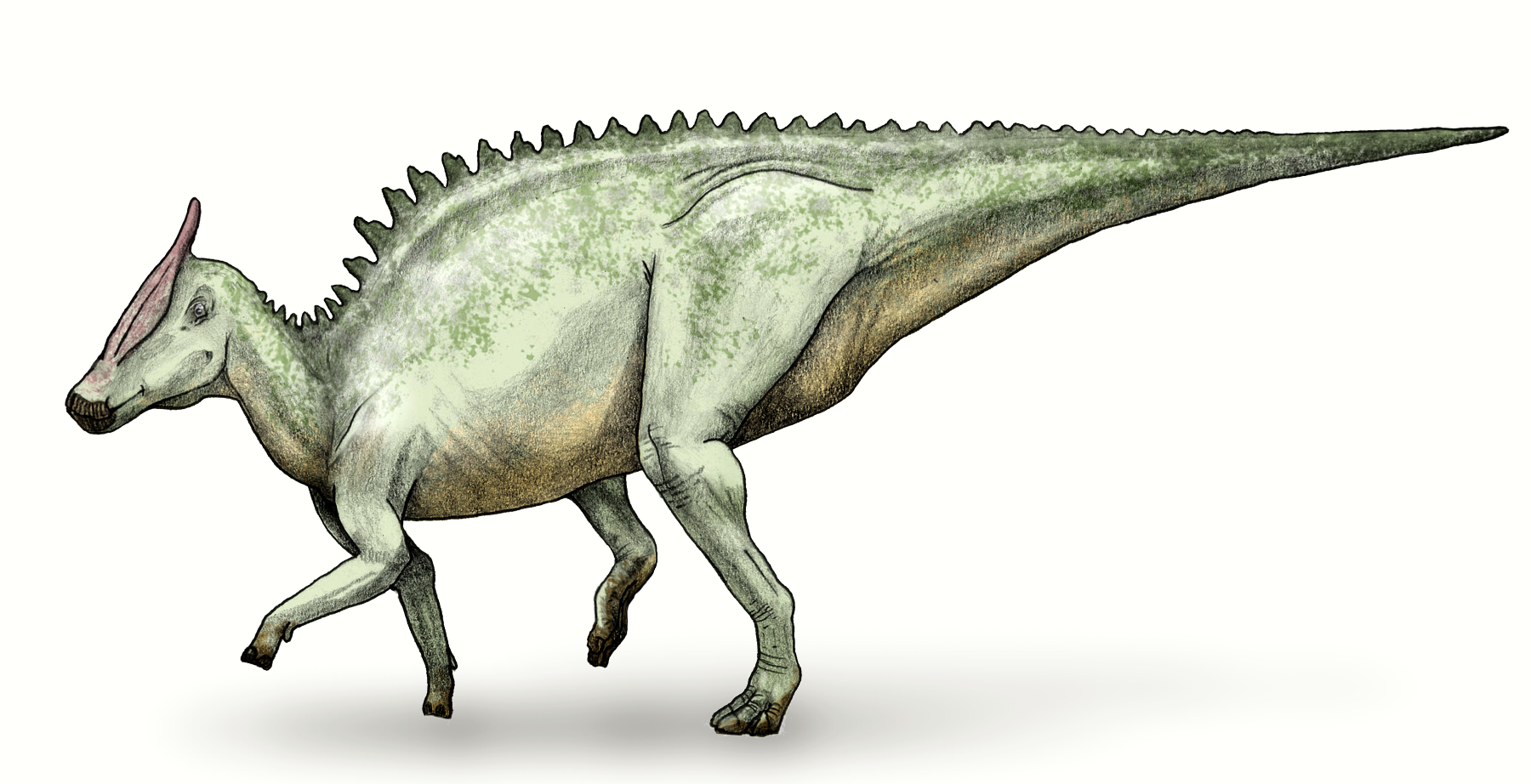Part of writing The Sixth Event involved lots of research
into prehistory, and it was hard not to get distracted by reading about all the
cool animals that used to roam our world. Here’s a small list of them for
everyone to enjoy! The first five will be posted today, and the rest tomorrow!
Some of these animals even made it into the book! Once you
read it, see if you can figure out which ones they are—I didn’t always make it
obvious. ;)
10. Mammoth
We all know Mammoths—giant furry elephants. These guys
roamed the ice age tundra, and were one of the more recently extinct creatures
on this list. They were enormous, and it’s very clear that prehistoric humans
hunted them for food as well as for their tusks and hair. In fact, some
researchers theorize that ancient human hunters were what ultimately drove the
mammoth to extinction. Pour one out for the mammoths—they gave us a lot while
they lived.
9. Tiktaalik
Going way back to the Ordovician period, Tiktaalik was one
of the earliest animals to crawl out of the sea. In fact, its sometimes called
the “fishapod,” since it looked like a fish with legs. One of the transition
species between fish and amphibians, if you see a movie or TV show depicting
evolution where a fish with legs crawls out of the surf, you’re likely looking
at something modeled after Tiktaalik.
8. Terror Bird
Hailing from South America in the Cenozoic, Terror Birds
were the terror of their time. Enormous flightless birds, like an ostrich with
cruel claws and a hammer beak, Terror Birds were the undisputed top predators
for almost 60 million years. They
couldn’t fly, but they didn’t need to—they could be up to 8 feet tall
and could run down their prey with ease. They only went extinct as more modern
predators—like wolves and big cats--evolved and flourished, competing with them
for food.
7. Eohippus
Now for something cuter. Eohippus were tiny little hooved
mammals that ate plants and frolicked around forests in North America 50
million years ago. Around the size of a fox and sporting a very small skull, it
probably wasn’t a brainiac, but it marked the very first stage in the evolution
of what would eventually be a very intelligent, helpful animal to humanity—the
horse.
6. Saurolophus
When I was young, my favorite dinosaurs were “the plant
eaters with the long bone on their heads.” I had to look it up, but I
discovered the Saurolophus, which roamed the late cretaceous and was apparently
very successful, since fossils of the species can be found all over the world.
The “long bone” on their heads was a bony crest that could have been used in anything
from combat to mating displays. Like all other dinosaurs, these guys died out
with the comet that ended the cretaceous.



